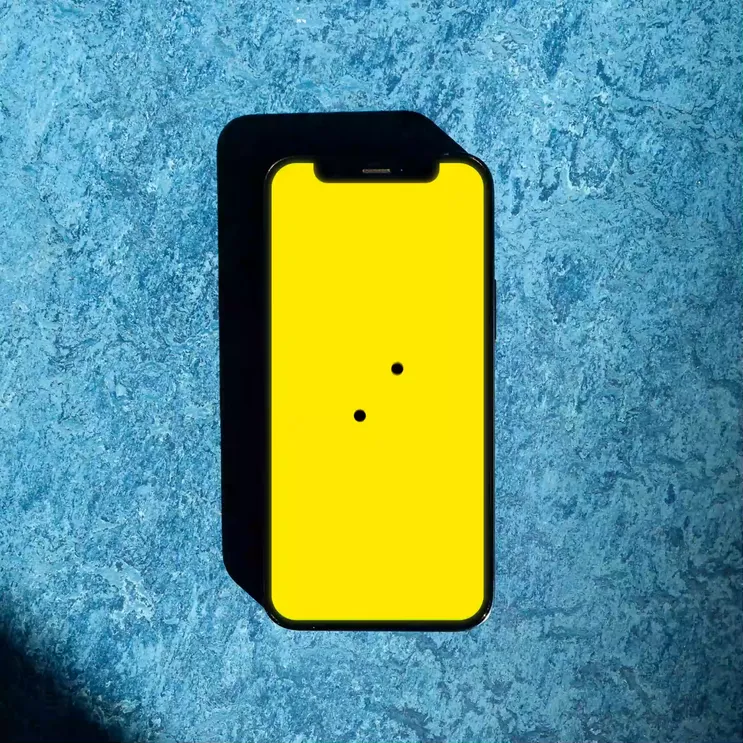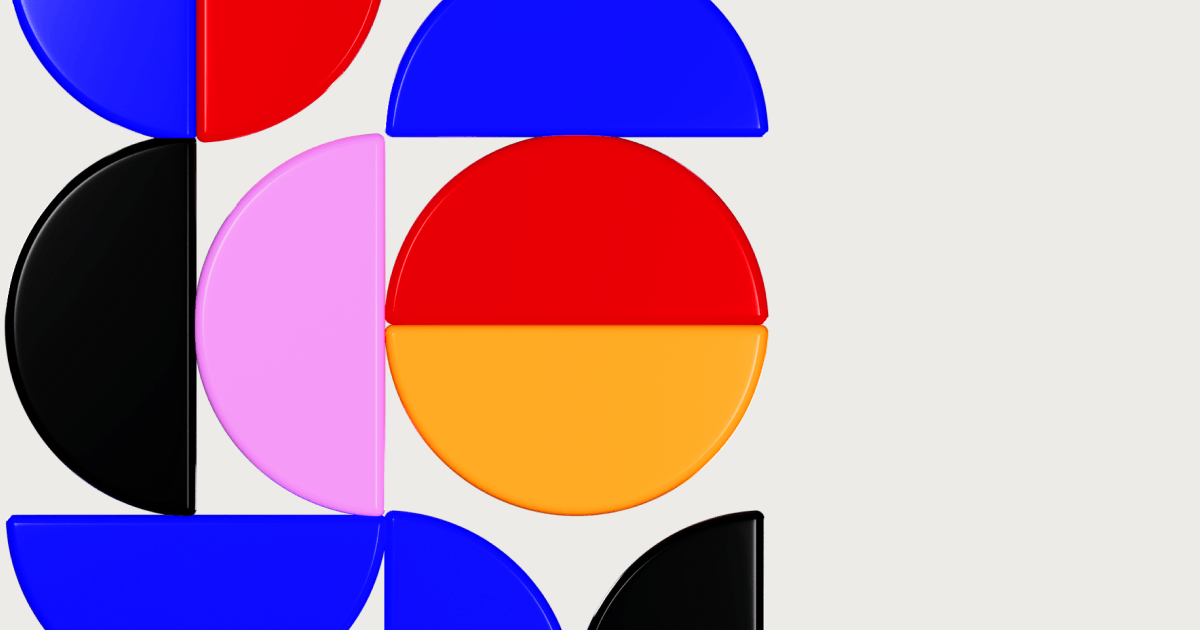Design
4 min read
Storytelling: The Designer's Secret Weapon
Do you remember how fascinated you were by the captivating bedtime stories your parents narrated when you were a child? As a graphic designer, your goal isn’t so different.
Your mission is to captivate an audience with an engaging narrative, only instead of words, you’re wielding colour, typography, and imagery.
Whether you’re a rookie designer or a seasoned professional looking to refine your storytelling skills, this article will guide you through the art of storytelling in graphic design.
Understanding the Importance of Storytelling in Graphic Design
First, let’s grasp why storytelling is crucial in graphic design. Storytelling evokes emotions, makes information memorable, and creates a connection between the brand and its audience.
It transforms an otherwise generic design into a unique, engaging experience.
A compelling design story could mean the difference between your work being scrolled past or bookmarked, shared, and talked about.
1. Know Your Audience
Every great storyteller knows their audience. As a graphic designer, your first step is understanding who you’re creating for.
What are their needs, their desires? What resonates with them?
A design aimed at tech-savvy millennials might be drastically different from one targeting retired baby boomers.
The more you know about your audience, the better you can craft a story that speaks to them.
2. Define Your Message
Every story has a message, a core concept or idea it wants to convey. In graphic design, your message might be about promoting a brand, conveying an emotion, or sharing information.
This message will guide your design decisions and help you create a coherent and engaging story.
3. Use Colours and Typography to Evoke Emotion
Colours and typography are the tone and voice of your design story. Different colours and fonts can evoke different emotions.
For example, red often conveys passion or urgency, while a font like Helvetica may suggest simplicity and modernity. By skillfully combining colours and typography, you can create an emotional landscape that supports your story.
4. Incorporate Symbols and Metaphors
Symbols and metaphors can help you tell a more complex story in a simplified way. They can represent abstract concepts and ideas, making your design more engaging and thought-provoking.
For instance, a logo of a lightbulb might symbolise ideas, innovation, or creativity.
5. Use Space Wisely
In storytelling, silence can be as powerful as words. In design, the use of white space (or negative space) can bring balance and clarity, emphasising the important elements of your design.
It can guide your audience’s eyes, making the journey through your story more enjoyable and intuitive.
6. Create a Visual Hierarchy
A visual hierarchy guides the audience’s eye through your design in the order you want them to absorb the information.
It’s your story’s plot, guiding viewers from the introduction, through the climax, to the resolution.
You can establish a visual hierarchy using size, colour, contrast, alignment, proximity, repetition, and whitespace.
7. Experiment, and Be Consistent
Finally, every master storyteller knows when to break the rules and surprise their audience. Don’t be afraid to experiment and get creative with your design.
However, remember to maintain consistency, as it gives your design a sense of harmony and helps reinforce your message.
Wrap up!
Just like a master storyteller, a skilled graphic designer can captivate their audience, using visual elements to weave an engaging tale.
So next time you embark on a design project, remember: you’re not just a designer, you’re a storyteller. Harness the power of storytelling in your designs, and watch your creations come alive.























